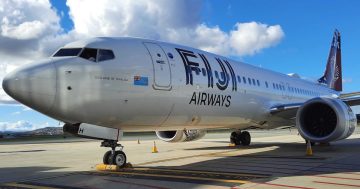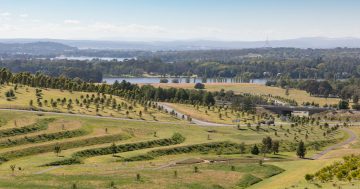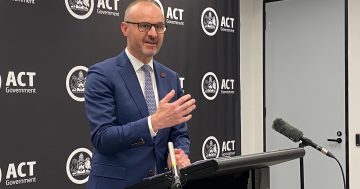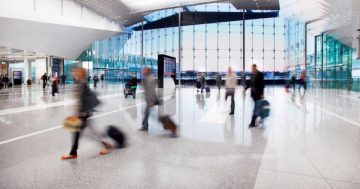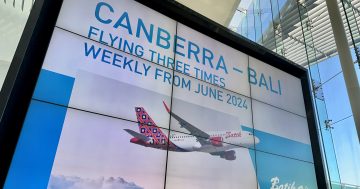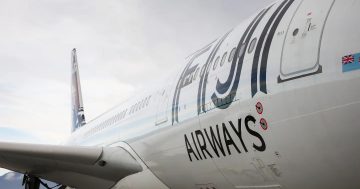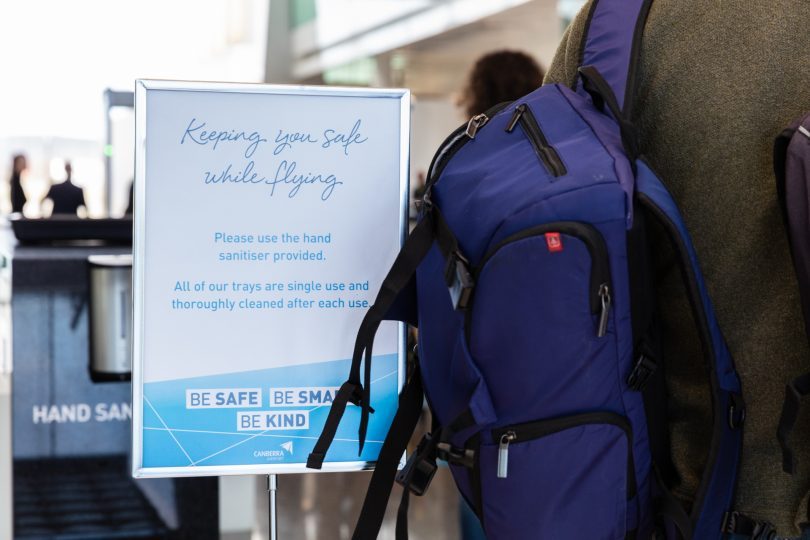
Different jurisdictions have different requirements for ACT residents. Photo: Michelle Kroll.
The ACT’s porous border and the growing number of COVID-19 cases in NSW mean travel restrictions have been imposed on Canberrans by numerous states, despite the ACT having no active COVID-19 cases or community transmission.
Chief Minister Andrew Barr has described the situation as a “one-Australia, eight-systems model”. Here are the current restrictions on Canberrans seeking to travel to other jurisdictions.
NSW
Canberrans are advised to avoid travelling to the Greater Sydney region, which remains under lockdown until 9 July.
Open travel remains in place for the rest of the state, but the ACT Government has warned against unnecessary travel at the moment due to the heightened risk of the Delta strain.
Canberrans are also being urged to stay up to date with new exposure locations, which are constantly being updated by NSW Health, and to avoid hotspot areas.
Victoria
The ACT, Southern Highlands and Tablelands and the South Coast down to Narooma have been assessed by Victoria to be medium-risk areas, deemed ‘orange zone’ restrictions under its permit system.
Arrivals from designated orange zones need to apply for a permit to enter Victoria and must not have visited a red zone in the previous 14 days, including the Greater Sydney region.
People who receive a permit must agree to self-quarantine and get a COVID-19 test within 72 hours of arrival. They must remain in self-quarantine until they receive a negative result. For updates, visit vic.gov.au.
Queensland
Anyone who has been in a declared COVID-19 hotspot in the last 14 days is not allowed to enter Queensland.
This does not currently include the ACT and Canberrans can travel to all parts of Queensland. For updates, visit qld.gov.au.
South Australia
Canberrans cannot enter South Australia without an exemption after the state closed its border to ACT residents yesterday (27 June).
Exemptions may be granted to essential travellers, returning South Australian residents or people genuinely relocating, as well as anyone escaping domestic violence.
If an exemption is granted to someone who has been in the ACT for 14 days before arrival, they will then be subject to 14 days of self-quarantine and COVID tests on day one, five and 13. For updates, visit sa.gov.au.
Western Australia
The ACT has been designated a low-risk jurisdiction, meaning people arriving from Canberra must wear a mask when they enter the state, complete an online declaration form, receive a health screening upon arrival and self-quarantine for 14 days.
Travellers will then need to undertake a COVID test on day 11. For updates, visit wa.gov.au.
Northern Territory
Darwin, Palmerston and Litchfield have been declared a geographical area of risk and a 48-hour lockdown is in place until at least 1:00 pm, 29 June.
All arrivals will need to fill in a border entry form and quarantine for 14 days at their own expense if they have been to a designated hotspot or exposure location.
The quarantine period will end 14 days from when the person was last in the hotspot.
There are currently no exposure locations in the ACT. For updates, visit nt.gov.au.
Tasmania
There are no travel restrictions for people who have been in the ACT for the prior 14 days if they have not visited an exposure location. For updates, visit tas.gov.au.












